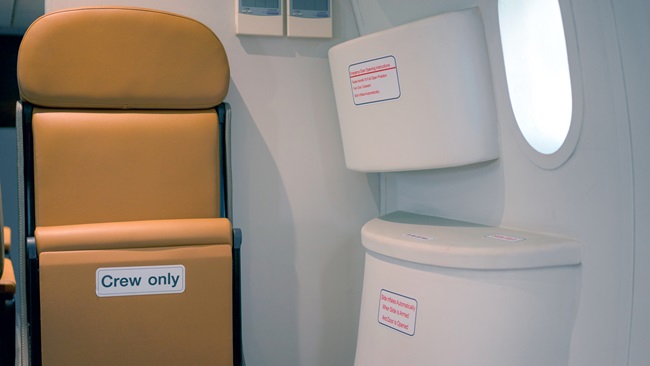Career Spotlight: Low and slow
Power line and pipeline pilots are always on the lookout

An estimated 500,000 miles of power lines snake their way around the United States. General aviation pilots are frequently employed to scout the lines and their supports—poles, pylons, and the like—and report any problems back to the power company. Similarly, pipeline patrol pilots perform the same type of work for the oil and gas industries.
Low and slow is the name of the game. Pilots fly as low as 80 feet agl in Cessna 172s, Piper Super Cubs, and other low-powered airplanes, keeping a sharp eye out for discrepancies in grids or pipelines while keeping clear of the high-voltage lines or other obstructions. They may fly 600 to 800 nautical miles in a day.
It’s a great—if not particularly romantic—way to build hours. But many pilots have fond memories of their early flying days flying pipeline and power line patrol for the skills they honed in situational awareness and stick-and-rudder flying. Veteran reporter Peter Bacque called it “wonderful flying. But there’s nowhere to go if something goes wrong. So let’s hear it for the Lycoming O-320.”



